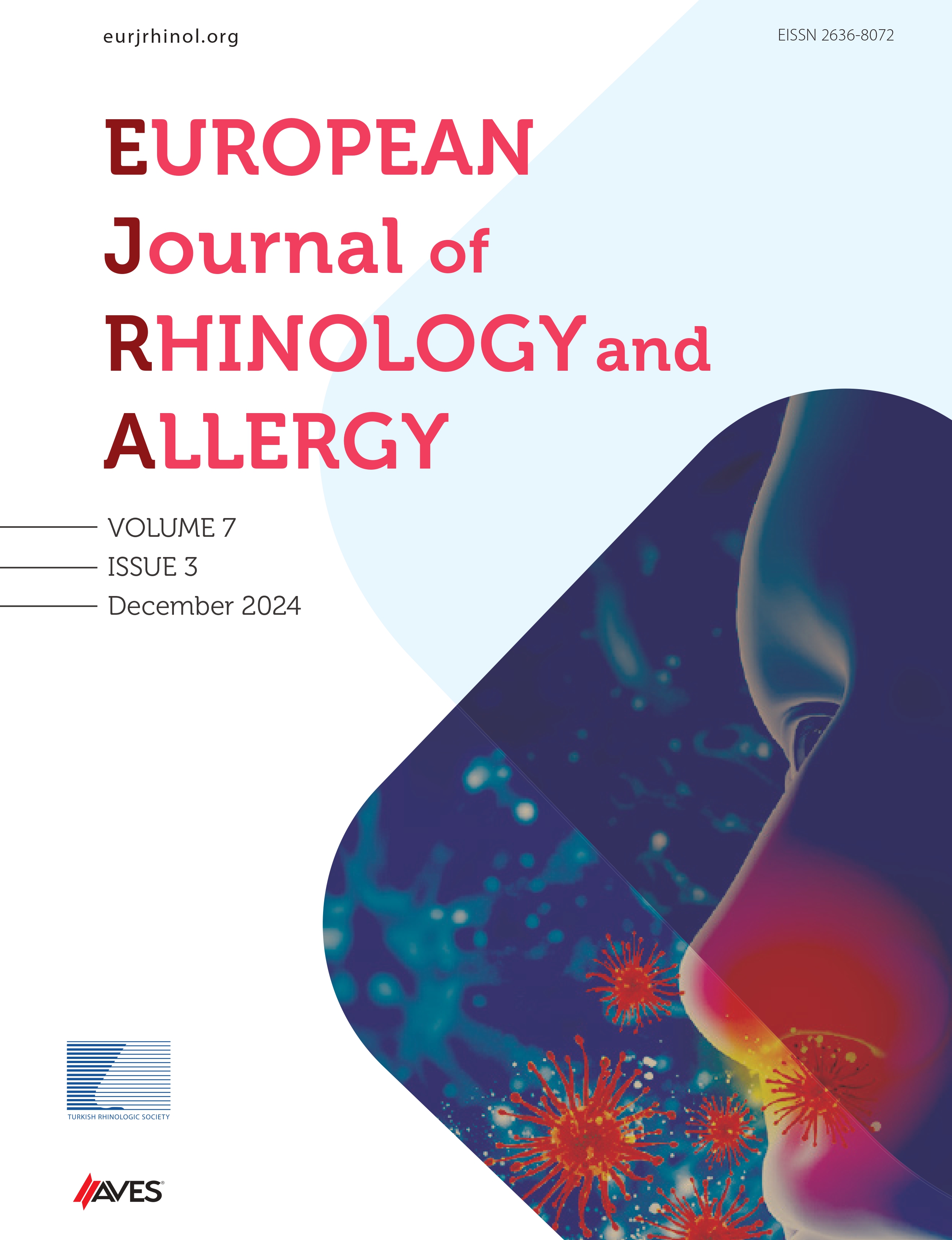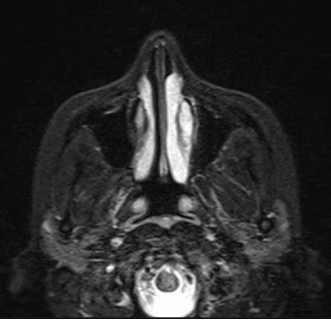Objective: The aim of this study was to compare the effectiveness and reliability of radiofrequency thermal ablation (RFTA) versus microdebrider submucosal resection (MSMR) techniques for the treatment of inferior turbinate hypertrophy.
Material and Methods: Forty adult patients with chronic nasal obstruction due to isolated inferior turbinate hypertrophy were included in this study. Patients were randomly divided into two groups. Endoscopy-assisted RFTA was performed on group 1 patients and MSMR was performed on group 2 patients. To assess the sizes of the inferior turbinates, patients underwent paranasal magnetic resonance imaging (MRIs) pre- and post-operatively. Rhinomanometric evaluation was performed pre- and post-operatively to evaluate the nasal resistance. Patients pointed out their level of nasal obstruction using a visual analog scale (VAS) pre- and post-operatively. The saccharine test was used to assess the mucociliary system activity pre- and post-operatively.
Results: The post-operative mean inferior turbinate volumes, mean nasal resistance, and VAS scores were significantly lower in both groups when they were compared with the pre-operative values. Furthermore, post-operative mean turbinate volumes, mean nasal resistance, and VAS were significantly lower in group 2 as compared to group 1. The mucociliary clearance times measured pre- and post-operatively were not significantly different between the groups.
Conclusion: This study revealed both techniques to be effective for treating turbinate hypertrophy and proved that they do not affect the mucociliary clearance system. Furthermore, this study demonstrated that MSMR is more effective and shows relatively rapid results as compared to RFTA.
Cite this article as: Gül Z, Aydoğdu D, Ülkü ÇH. Comparison of Radiofrequency and Microdebrider-Assisted Turbinoplasty for Treatment of Isolated Inferior Turbinate Hypertrophy. Eur J Rhinol Allergy 2019; 2(2): 51-6.

.png)

.png)
